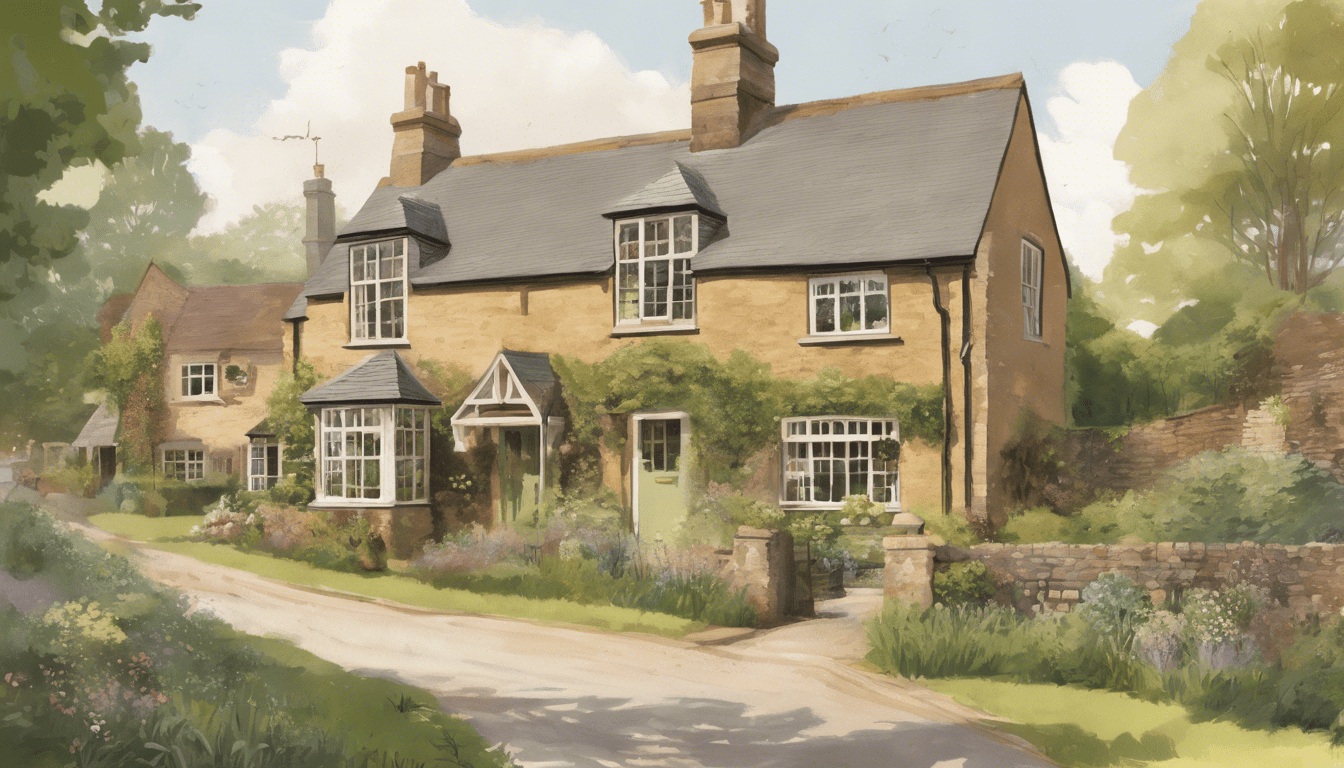As we approach April 2025, homeowners in England who possess second homes are preparing for significant changes regarding their council tax obligations. Under new regulations, local authorities will have the ability to double council tax on properties that are not considered main residences, marking a substantial move aimed at addressing the crisis in housing affordability particularly in regions popular with tourists. These legislative updates follow similar changes in Scotland and Wales, where local governments have the power to impose council tax increases of up to 300% on second homes. This shift is part of a broader strategy to mitigate the burgeoning housing disparities facing local communities, especially those in tourist destination areas.
With the number of second homes rising dramatically—up 65% from 2010 to 2023—reaching an estimated 482,000 properties nationwide, homeowners are advised to remain vigilant about their local councils’ actions regarding these new premiums. Councils such as Bath and North East Somerset, Devon County Council, North Norfolk District Council, and North Yorkshire Council have already taken steps to adopt these increased rates. Consequently, it is crucial for homeowners in these regions and beyond to familiarize themselves with the definitions and implications of the revised tax rules. This article explores the complexities of the legislation and how it will affect property owners across England.
Key Takeaways
- Homeowners with second homes in England should prepare for potential council tax increases by April 2025, as local authorities may double the tax on properties not used as main residences.
- The rise in council tax is intended to tackle housing shortages in popular areas, reflecting similar measures already implemented in Scotland and Wales.
- Homeowners are advised to verify their local council’s adoption of these new tax rules, especially in frequently visited holiday destinations.
Understanding the New Council Tax Premiums
As England prepares for the rollout of new council tax regulations in April 2025, many homeowners with second residences are poised for substantial financial shifts. The latest legislation provides local councils the authority to levy increased council tax rates—potentially doubling them—on homes that are not primary residences. This initiative primarily targets the soaring housing prices in areas with high second home ownership, particularly in regions like the South West, seeking to curb the impact of vacant properties on local housing markets (Local Government Association, 2023).
In contrast to the recently implemented policies in Scotland and Wales, where councils can escalate taxes by up to 300% on second homes, similar measures are gaining momentum across numerous English councils aiming to remedy the financial strains stemming from severe central government funding cuts (BBC News, 2024). Increased rates are already being adopted by councils such as North Yorkshires, Bath and North East Somerset, and Devon County, among others, as they grapple with the wider implications of dwindling resources versus growing demands on local services (The Guardian, 2024).
Statistics underscore this trend, revealing a staggering 65% rise in England’s second homes since 2010, with the current count approximating 482,000 properties. Definition of a second home is crucial, often most simply described as a furnished dwelling unused as a principal residence; in England, this status typically requires a property to be vacant for more than 72 days a year. Yet, ambiguity surrounding classifications remains—cases like the Pembrokeshire incident, where a basic structure was taxed at £4,000 annually due to its categorization, exemplify a need for clearer operational guidelines (Yorkshire Post, 2024). Therefore, homeowners in popular vacation spots must engage with their local council’s regulations to avoid unexpected tax obligations.
Implications for Homeowners in Popular Areas
The ramifications of these changes are particularly significant for homeowners in popular holiday destinations throughout Yorkshire, as local councils start evaluating their second home policies in light of the upcoming regulations. Many Yorkshire areas, like the historic city of York and the picturesque coastal regions of Scarborough and Whitby, are seeing a surge in second home ownership, pushing local authorities to reconsider their council tax strategies to ensure fair contribution from all property owners. As residents struggle with rising living costs and housing availability, councils are exploring the potential introduction of similar tax premiums for non-primary residences, aligning with the broader trend witnessed in more southern regions (Yorkshire Live, 2024).
Homeowners are urged to stay informed not only about the financial implications of these tax hikes but also about potential funds or relief measures that local governments may introduce in response to heightened scrutiny of second home ownership. Some councils may opt for community-driven initiatives to support affordable housing developments as an alternative to increased taxes, offering a dual benefit of maintaining the local culture and addressing housing shortages simultaneously. Engaging in public consultations when available can also empower residents to voice their perspectives, fostering a collaborative approach to community housing issues.
Feel free to contact us via WhatsApp, social media, or email.
Always find the best rooms to rent & HMOs for sale in the UK at HMO Reporter.





